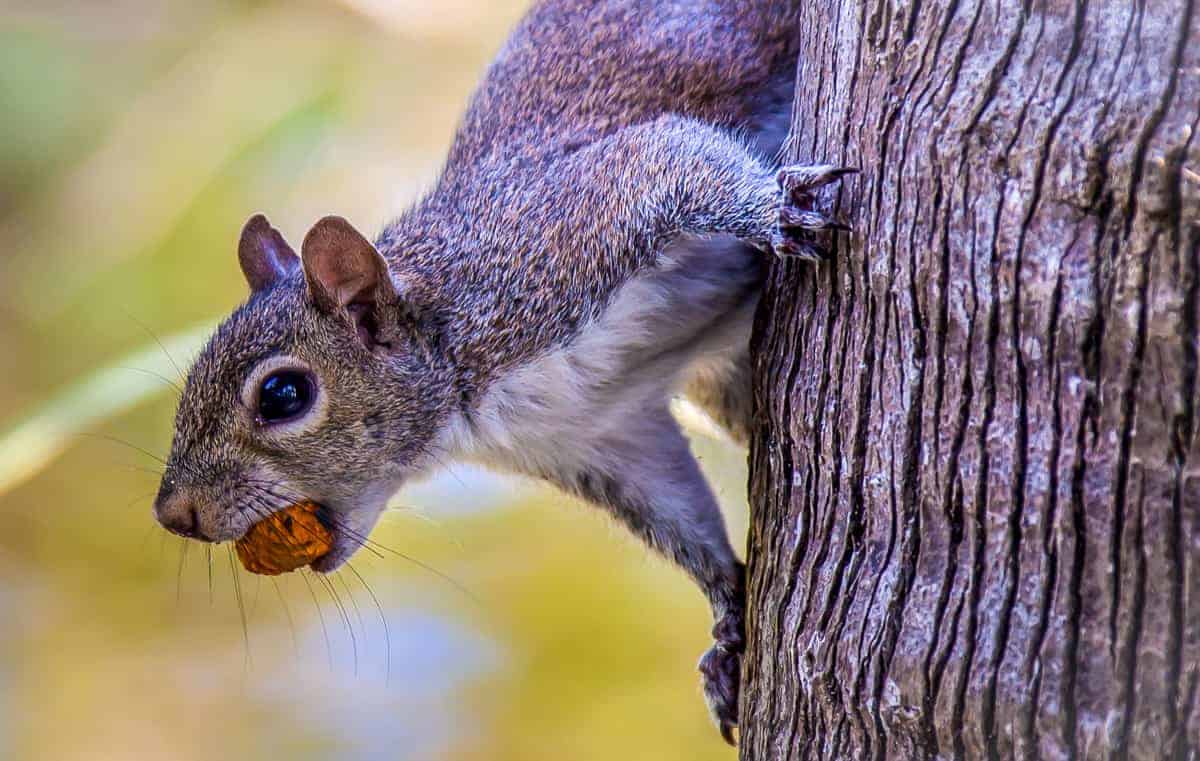Wildlife is everywhere in Costa Rica, including cities and towns. Many people living in urban areas overlook the existence of animals inhabiting these places. The Costa Rica Silvestre initiative seeks to raise awareness and provide the population with all the necessary information to coexist and protect wildlife.
“Likely, most Costa Ricans living in urban and suburban areas have not noticed the presence of wild animals that inhabit and coexist with us in the city,” the program states.
Costa Rica was blessed with countless animal species. The country has approximately 5% of the world’s species. The government and its citizens have prioritized safeguarding animals and their ecosystems. That is why the “Costa Rica Silvestre” project was created to offer and share with the population information, digital resources, and campaigns to improve human and wildlife interactions.
The program was designed to “raise awareness and encourage citizen participation in pursuit of good environmental practices and healthy coexistence.”
Many animals have had to abandon their habitat due to human actions that have changed or altered their surroundings.
“New crop fields, livestock, and the accelerated development of towns and cities have forced many species to migrate or disappear, but for some others, it has meant a new opportunity to adapt, thrive, and coexist,” explained the experts in charge of the project.
As these animals are present in everyday life, one of the most frequent problems occurs when people find an injured animal and do not know what to do. In many cases, it is necessary to call the SINAC authorities so that they can provide appropriate assistance. The organization also highlights that these animals are not pets; therefore, it is illegal to keep them as such.
Each interaction with each animal species is different, so experts have designed guides to help people with such encounters. On the Spanish Language webpage of Costa Rica Silvestre, there is information available.
The project has been running for several years, providing quality information and awareness campaigns, such as “stop animal selfies” or “don’t remove me from my habitat.” This way, people can coexist and enjoy the animals while protecting and safeguarding their integrity.






